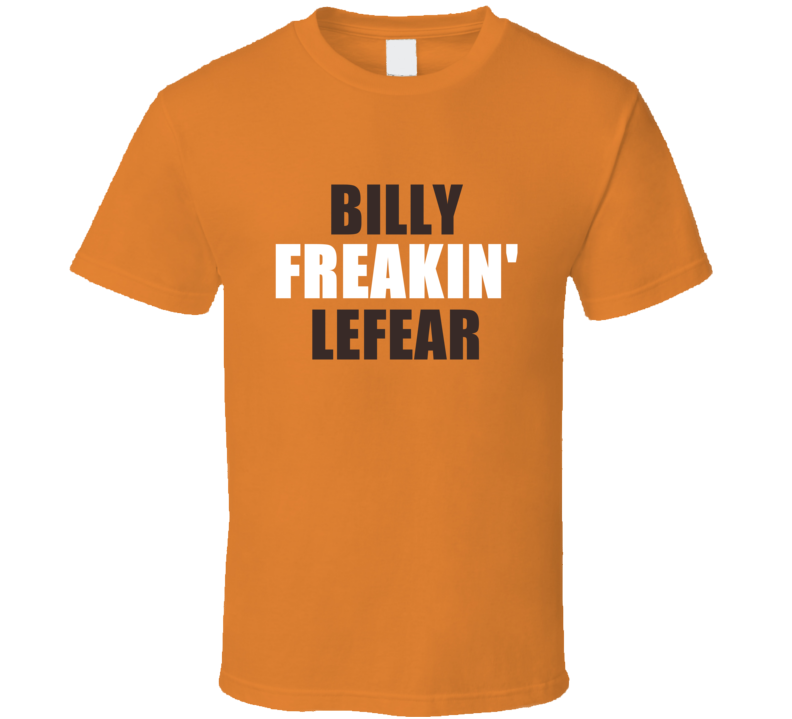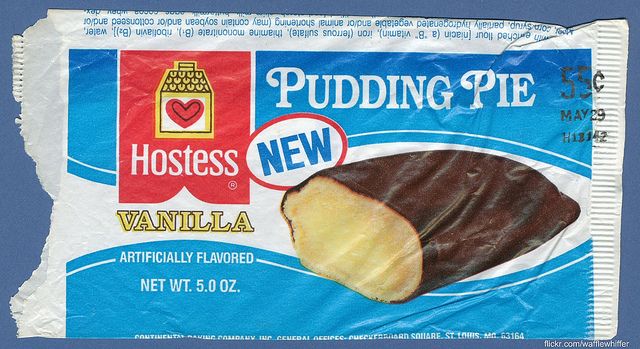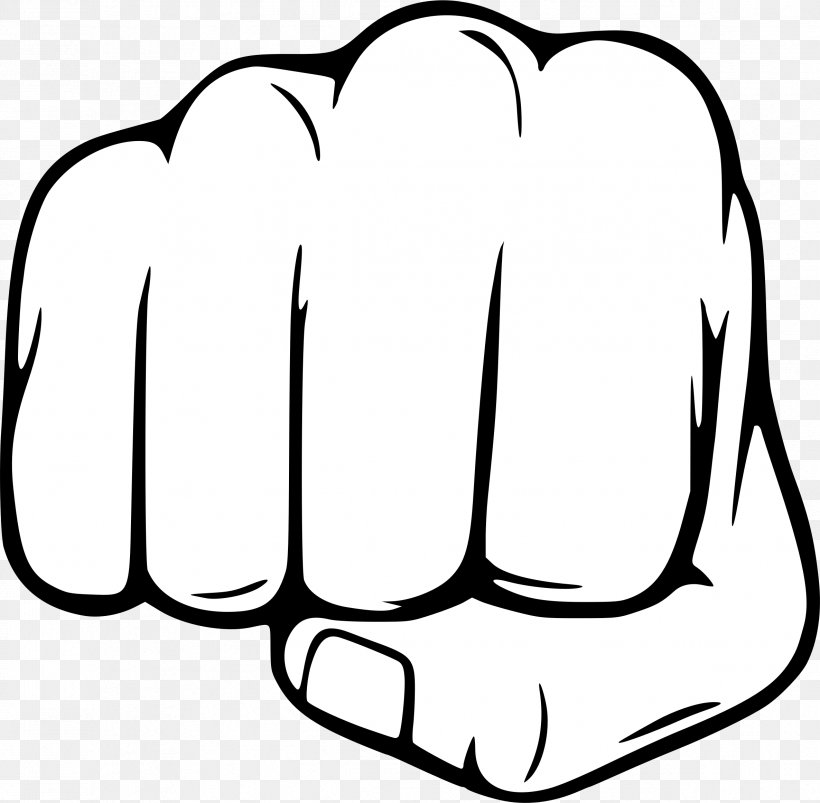As we’ve mentioned before, back in the 70s, people disappeared a lot. Oh, I don’t mean they actually disappeared, though, of course, that happened, too, as it has for all of human history and continues to today. No, what I mean is, they disappeared from whatever corner of the popular culture they inhabited, often never to be seen again.
Actors were prime examples of this. Back in the days of just a handful of television networks and 175 or so Hollywood movies a year, many actors found their careers effectively ended when the phone simply stopped ringing. Maybe they’d been working steadily in supporting roles in movies, or maybe they had a TV series and then did guest spots for a while, maybe got a few more pilots, none of which got picked up and, eventually…silence.
For various reasons, the phone stopped ringing and the parts stopped coming and the money stopped coming in and, hey, it was time to get on with your life. Actors who met that fate did lots of different things after they disappeared from the screen. Some stayed in the profession working in theater. Some taught. Some got “regular” jobs. But, for the folks who might see that actor in an old movie or a rerun of an old TV show, well. They didn’t know any of that and couldn’t know any of that and, hey, “Where Are They Now?” That question and the disappearances that prompted it were so prevalent that newspapers and magazines (remember them???) often did “Where Are They Now?” features with reporters looking up a performer long off the screen and “catching up” with them in their current life.
But, actors weren’t the only folks who “disappeared”. It happened to artists in music, of course, and to professional athletes as well. (Yes, we’re finally getting to the point.) A guy would be around and the next season he wouldn’t be and that would be, pretty much, that. If the guy were a big star or played for the home team, you might find out that he’d been cut or retired or gotten injured and couldn’t play anymore. But, if not? Just like the actors and musical artists, he was just…gone.
Today, of course, it’s different. Opportunities for actors have increased exponentially. Few performers find that the phone stops ringing. And, with the net and social media, well. Even if someone is out of sight, it’s pretty easy to find out “Whatever Happened To…”, in the vast majority of cases. But, in 1976? Just about impossible. Which is why I just recently found out what happened to one of my favorite football players of the 1970s…Billy Freakin’ LeFear.
Billy LeFear, he of the absolutely awesome name, was born on February 12, 1950 in Magnolia, Arkansas, and lettered in football, basketball and track at Booker T. Washington High School. He was an all-state football player, but despite plenty of quickness and speed, he didn’t end up in a major college football program. Instead, he enrolled at Henderson State University, then in the NAIA, where he played football for four years and made all-conference twice.
Now, all-conference twice at an NAIA school is a pretty thin resume, even back then, but scouts apparently noticed Billy LeFear, because the Cleveland Browns selected him in the 1972 NFL Draft…in the ninth round. Yeah. A round that doesn’t even exist anymore. He was selection number 230. And, despite the slim chances a rookie drafted in the ninth round had of sticking with an NFL team in those days, LeFear made the final cut along with ten other rookies, including future All-Pro Thom Darden and three other guys with great names, Cookie Brinkman, Bubba Pena, and my favorite, Fest Cotton.
LeFear was a running back, but the backfield wasn’t where he did most of his damage, mainly because Cleveland had some pretty good players in front of him, including former CFL All-Star (and Connellsville’s own) Bo Scott, All-Pro Greg Pruitt (who joined the team in 1973, LeFear’s second year in the NFL), and, oh yes, Hall of Famer Leroy Kelly. So, while Billy got the occasional touch out of the backfield (very occasional…like…um…three carries in his rookie year), where he shined was in the return game.
At this point, you might be asking yourself how a fairly obscure kick returner for the Cleveland Browns got onto my radar as a kid, let alone became one of my favorite players. Well, here’s the thing. Back then, NFL coverage was far more limited than it is today. One game Monday night. Three games Sunday. Usually two at 1pm and the other at four. And, one of those games, starting in 1973, after the NFL’s “blackout rule” was lifted, always featured the home town Steelers. Who played the Browns twice a year every year. So, yeah, two out of fourteen weeks, I saw the Browns. But, it was more than that. Because, as Cleveland was, as it still is today, in the same division as the Steelers, well, other Browns games also showed up on local television. Oh, you didn’t see the Browns ten times a year or anything. But, four or five times in fourteen weeks of the season? Yeah. And, that meant you got to know some of their players…the ones that stood out…like Billy LeFear.
The name was part of it, of course. I was nine. “Billy LeFear” was going to stick in my mind a lot more easily than Billy Jones. But, the other part was that Billy LeFear was one of those guys. He was quick. And he was fast. And he was a danger to go…every single time he touched the ball.
LeFear touched it rarely in that rookie year of 1972, but, in 1973, he became the Browns’ regular kick returner and returned punts some, too. He even started a single game in the backfield and tore off a 43-yard run, showing off that speed. But, on returns? He was electric. He didn’t have to break one or even break a long one. He just had to take that first step, make a cut, come up to speed…he might…nope, they got him. But, next time…
During that 1973 season, LeFear averaged 23 yards a kick return (back in the days when it was harder to return kicks) and averaged 22.5 in 1974. Though he never took one to the house in either of those years, he absolutely breathed excitement into some desultory Browns seasons in which the team went a combined 11-15-2 and, um, 0-0 in the post season.
In 1975, Forrest Gregg took over for Nick Skorich as coach of the Browns. But, things didn’t get any better for Cleveland. By then, the once proud franchise, which had been one of the league’s powers in the 1950s and 1960s, had fallen on hard times, sharing the AFC Central with the rising Houston Oilers, the playoff-regular Cincinnati Bengals (yes, it was a long time ago) led by the guy who’d made the Browns into a power, Paul Brown, and, of course, the dynastic Pittsburgh Steelers, who, in 1975, had the franchise’s best team ever on the way to the second of four Super Bowl wins in a six year span.
Cleveland finished 3-11 in 1975, a full seven games behind the Oilers…who finished third in the four-team division at 10-4. (Cincinnati ended up 11-3 and grabbed the AFC’s lone wild card playoff spot. The Steelers finished 12-2 and won the division.) But, if the Browns didn’t have much for fans to get excited about in 1975 (Kelly had retired, Pruitt averaged only 76 yards a game, and QB Mike Phipps tossed all of four TD passes…against nineteen interceptions.), it had Billy LeFear. And, he was still a danger to take it to the house on every return. And, then, well.
November 23, 1975. The Browns were 0-9 and hosting the Cincinnati Bengals. The Bengals were 8-1 and tied with the Steelers atop the division. A kick came to Billy LeFear. He took that first step. He made a cut. And, he was gone. LeFear took the kick 92 yards…and was tackled just short of the end zone. Only, he wasn’t. It looked like he’d been tackled, but he actually hadn’t been touched. LeFear had gone down as a result of a gruesome leg fracture.
The Browns would go on to beat the Bengals 35-23, making Cleveland the only team other than Super Bowl Champion Pittsburgh to beat Cincinnati during the 1975 regular season. LeFear finished that 1975 season with a kick return average of 31.7 yards, the highest in the league. And, he’d never play in the NFL again.
Things began to turn around for the Browns in 1976. Brian Sipe replaced Phipps at quarterback and Forrest Gregg’s unit went 9-5 finishing just a game behind the 10-4 Steelers and Bengals in the AFC Central. But, Billy LeFear was conspicuous by his absence. Steve Holden and Ricky Feacher handled the returns for the Browns in 1976. Both did well. But, neither was Billy LeFear.
As for the man himself, well, his athletic exploits were over, but the honors weren’t. LeFear was inducted into the Henderson State University Hall of Fame in 2000 and into the Union County Sports Hall of Fame in Arkansas in 2014.
William Ray LeFear is 71 now and still with us. And, for those of us who remember him in his 20s, wearing number 26 for the Browns, catching that ball and taking that first step…while we held our breath…here he comes, if he gets a block right there…well. We’re thankful he’s still around. And, just as thankful for the memories.





